Do you remember foods that you loved in the 1980s, but don’t taste as great today? Part of the reason is that our taste buds change as we get older. But there’s another reason: Some of the products you loved as a kid might have the same name, but they’re slightly different here in the second decade of the 21st century.
Were you around to taste McDonald’s french fries in the 20th century? They really did taste better, thanks to an ingredient that’s no longer included: Beef tallow. But it’s not just fries. There are plenty of other foods that used to taste better during the Reagan era. And strangely, some of them are even less healthy now.
Goldfish Crackers
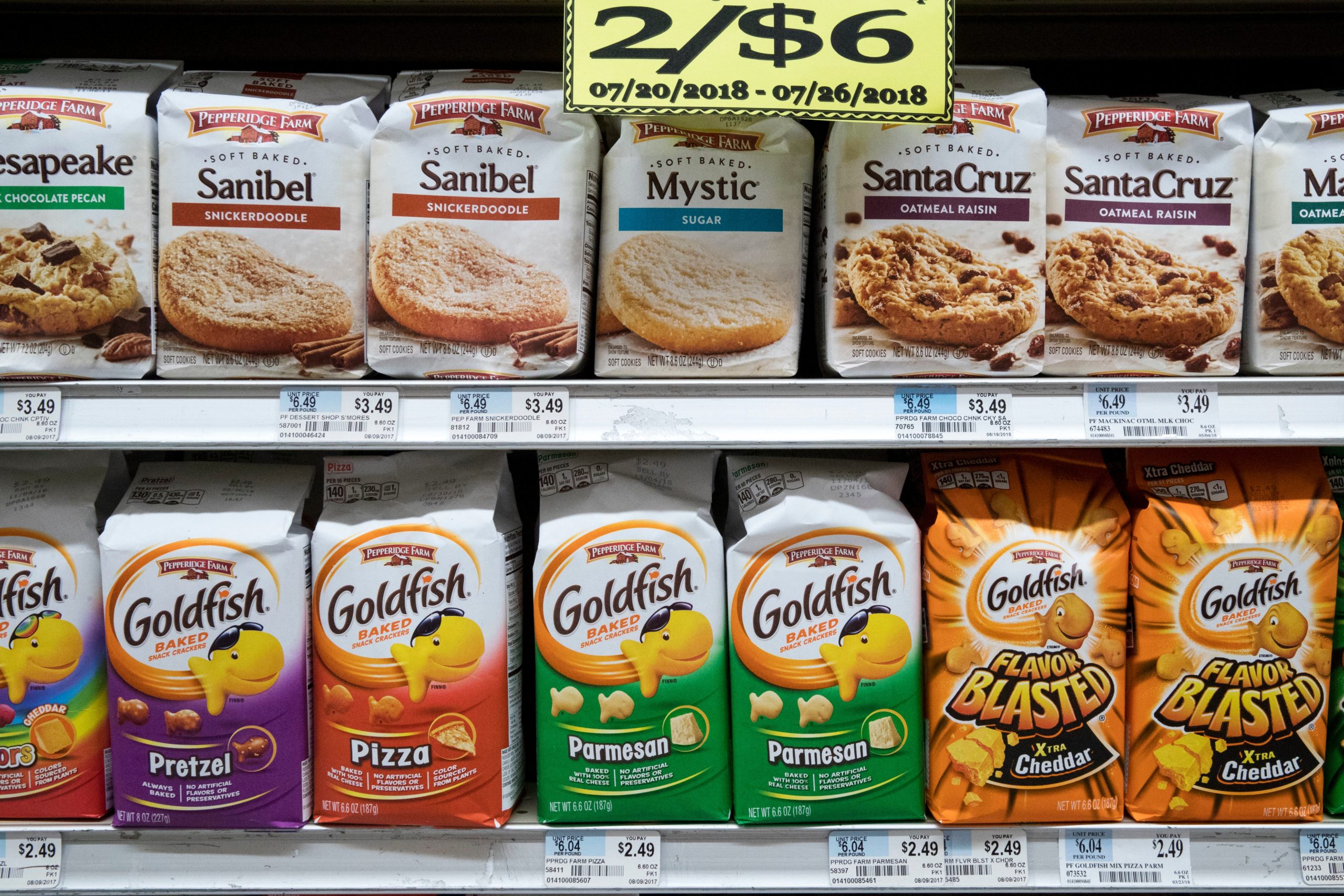
Do you remember the taste of cheddar Goldfish crackers in the 1980s and ‘90s? They were heaven on Earth for kids. But if they started tasting a little different around 2004, that was by design. Pepperidge Farm, owned by Campbell’s removed the trans fat, a partially hydrogenated soybean oil, as a health measure. It was great for the cardiovascular health of Americans but made the crackers less tasty.
As Wired notes, scientists discovered roughly 100 years ago that adding hydrogen to oil could create a product that was a cheap replacement for animal-based lard in many recipes. And while it was unhealthy, it was damn delicious.
Yes, Pepperidge Farm introduced new flavours in the Goldfish product line, including “flavour-blasted” cheddar. But if you liked the regular cheddar flavour and noticed it got a little more boring in the mid-2000s, there’s a good reason: They’re healthier.
McDonald’s French Fries
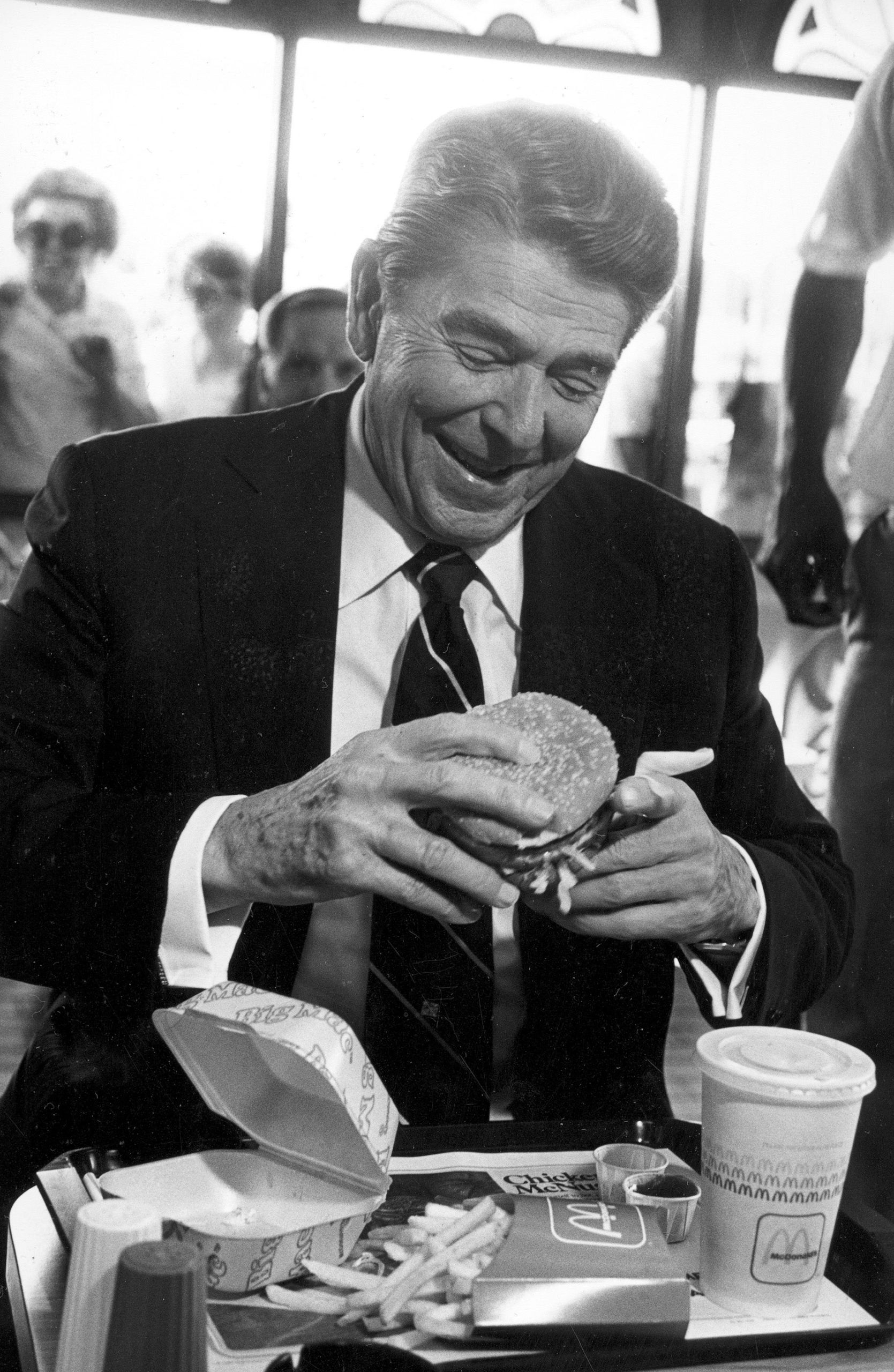
When McDonald’s french fries were made in the 1980s, they really did taste better. The secret ingredient on these deep-fried spuds? Beef. Seriously.
McDonald’s used to fry their potatoes in beef tallow until they switched to vegetable oil in the summer of 1990 but still added beef flavoring throughout the 1990s. But the beef flavoring was pulled in the early 2000s after McDonald’s was sued by vegetarian and Hindu groups who argued they were misled about the product.
Today, McDonald’s fries are vegetarian-friendly. And much less tasty than they were in the 1980s.
Chicken
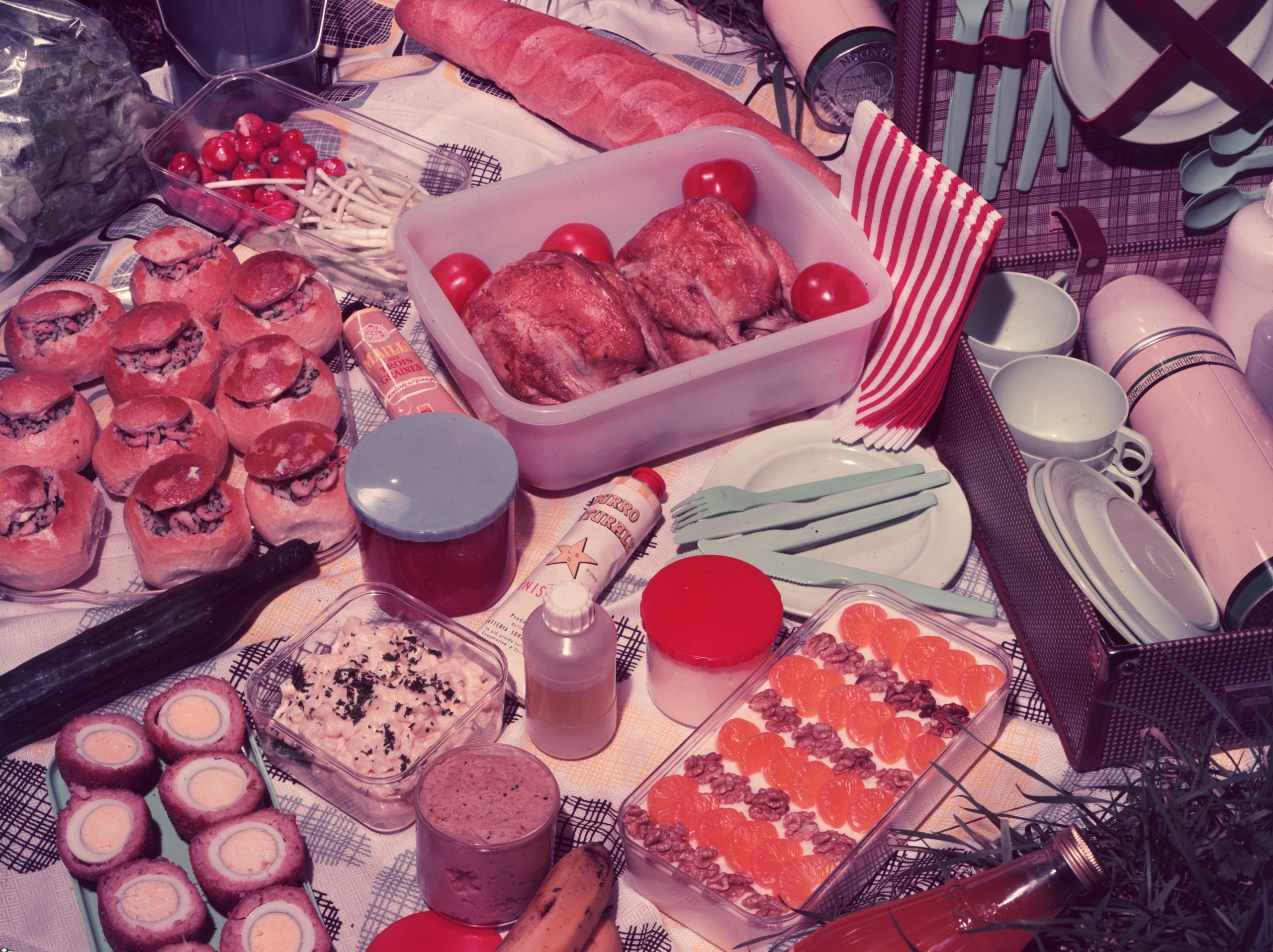
Are you older than 30 and remember chicken tasting better when you were a kid? You’re not imagining it. Chickens today are much larger and slaughtered younger than they were in the 1980s. The change actually started in the 1940s, when chickens started to be super-sized by farmers trying desperately to make more money and chickens have been getting bigger (and less delicious) ever since.
As Melanie Warner explains in the book Pandora’s Lunchbox: How Processed Food Took Over the American Meal, most chicken sold in the U.S. today lacks flavour because of its extremely short lifespan, lack of natural sunlight, and unfortunately limited diet of corn and soy.
If you want to get some flavorful chicken, it’s going to cost you. So-called heritage chickens, breeds established before the mid-20th century, can reportedly be tastier. But they’re also much more expensive than the average bird you’ll find at the supermarket.
Oreos
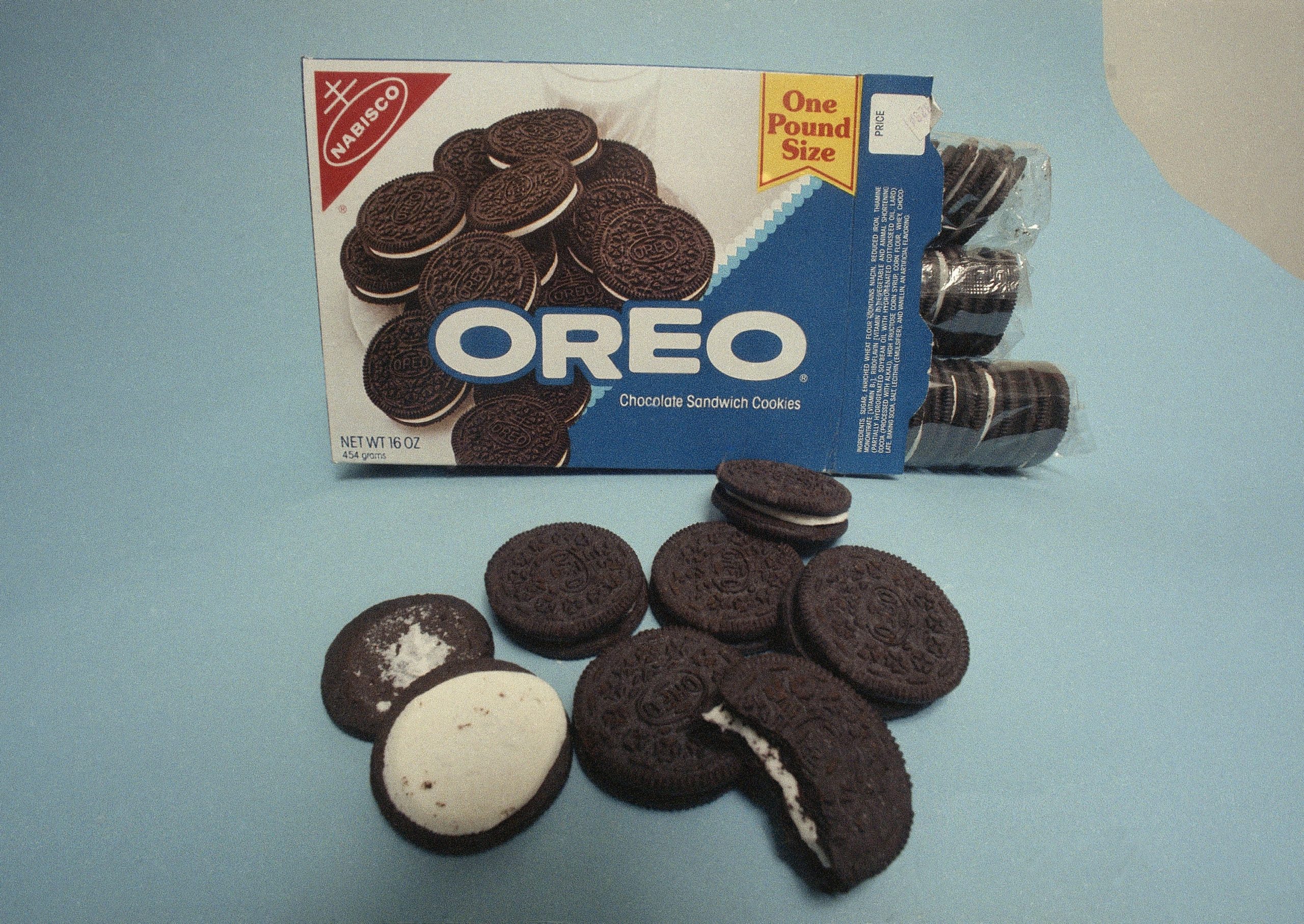
Oreos were first introduced in 1912 and have since become one of American’s favourite cookies. But do they taste different to you? Maybe less flavorful and perhaps more chalky?
Much like Goldfish crackers, Oreos dropped the partially hydrogenated soybean oil used to make the product, a trans fat, in the early 2000s. And there are plenty of complaints from people who think Oreo cookies don’t taste nearly as good as they remember.
The FDA officially banned trans fats in U.S. foods in 2018, but there are still trace amounts in several products. Your Oreos of today are slightly less unhealthy, but they’re also arguably less tasty than they were in the 1980s.
Tomatoes

Do you ever get tomatoes from the grocery store and wonder why they don’t seem to have much flavour? There’s a very good explanation. Many farmers from the past few decades have sacrificed flavour in an effort to maximise their yields.
One 2017 study out of Spain published in the journal Science sequenced the genomes of almost 400 varieties of tomatoes, identifying the compounds that give a tomato its flavour.
“The flavour got lost because people didn’t know what the molecular and genetic bases were, so they couldn’t apply them,” one of the study’s co-authors, Antonio Granell, told the Guardian. “It was because they focused on quantity, productivity, and resistance. What we’ve discovered is that they basically lost these volatile compounds that we’ve identified in this study.”
Cinnamon Toast Crunch
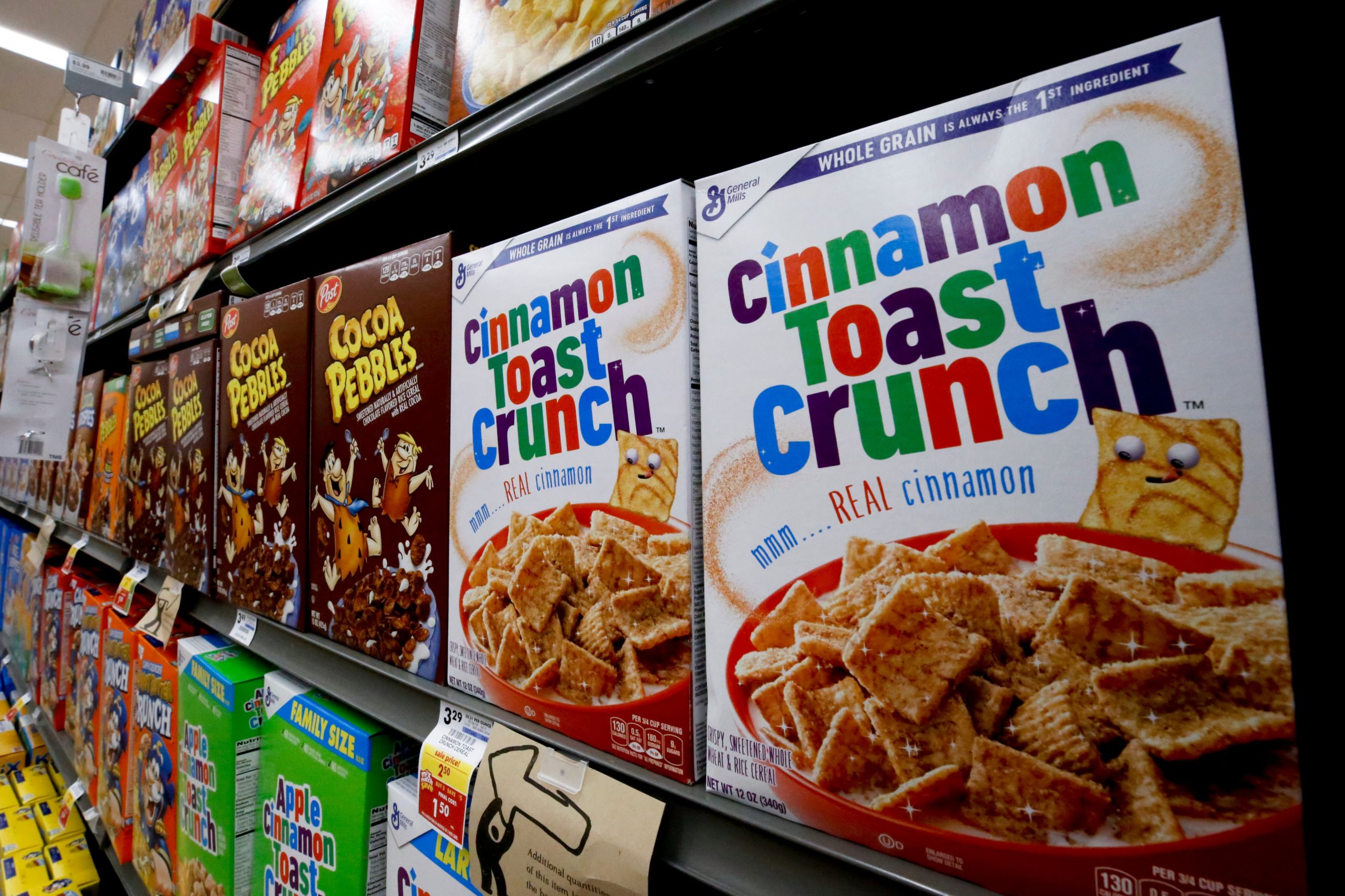
Does it feel like Cinnamon Toast Crunch tasted better when you were a kid, like when it was first introduced in 1984? Part of that is likely due to youthful nostalgia. But General Mills did change the recipe in 2012 to make the cereal slightly less unhealthy.
As the Consumerist noted in 2012, Cinnamon Toast Crunch increased the number of whole grains and decreased the sugar and salt content of the cereal. The old recipe included 220 mg of sodium per serving, while the new recipe has 180 mg of sodium per serving. The old recipe also had 10 grams of sugar per serving, while the new recipe has 9 grams of sugar per serving.
Don’t worry, Cinnamon Toast Crunch is still incredibly sugary and really unhealthy. Just slightly less unhealthy than it was in the 1980s.
Subway Meatball Sub

Unfortunately, not everything can be quantified when it comes to taste thanks in large part to corporate secrecy. But if you ask us, Subway’s meatball subs used to taste much better in the 1980s and ‘90s.
Plenty of people online agree that Subway’s meatball sub used to be better in the 20th century, but we haven’t been able to figure out what changed. Subway didn’t respond to a request for comment.
Subway actually launched a revamp of its stores just a couple of weeks ago, but reviews have been less than favourable. The Washington Post called it “more of the same” while the New York Post declared the new sandwiches, “just as vile as the old ones.” There’s no word yet on what the meatball sub tastes like, and we haven’t tried it ourselves. But with reviews like that, we’re not going to hold our breath for anything as good as the 1980s.
